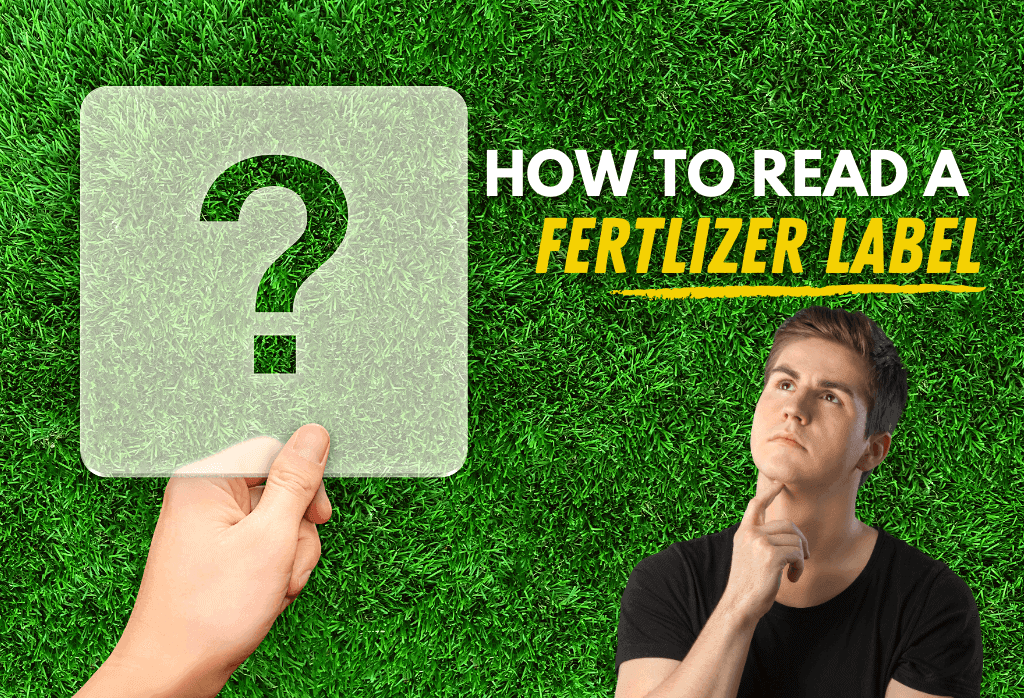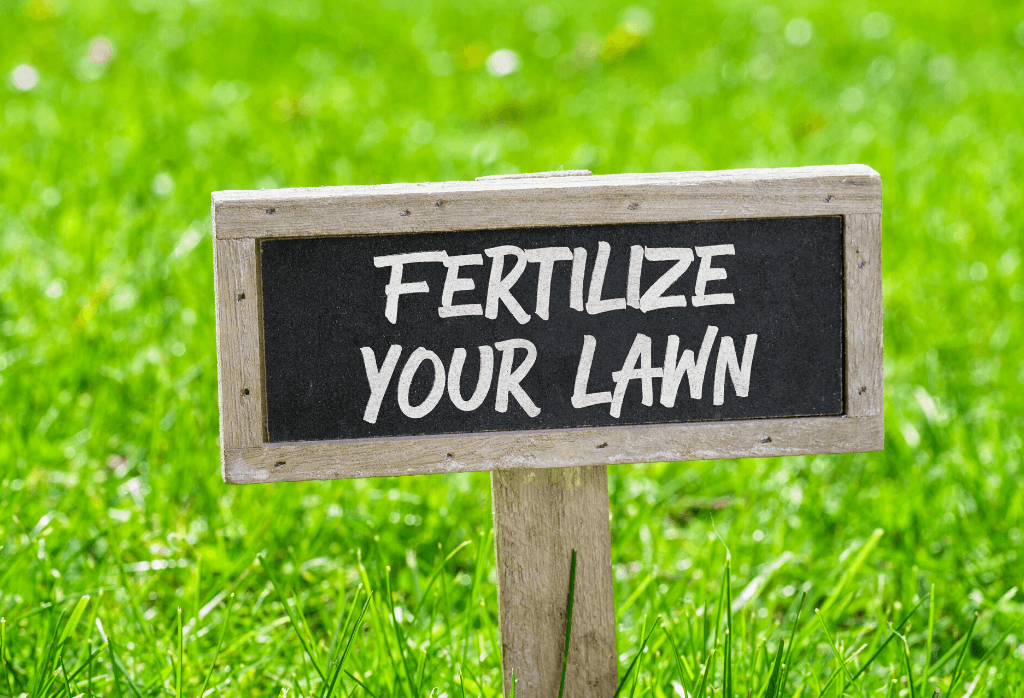Understanding The Fertilizer Label
When shopping for fertilizer, it is important to understand the information on the label. All lawn fertilizers offered for sale to the public must include a descriptive label on the container.
Information on the label includes:
The brand name
Manufacturer name and address
Guaranteed analysis of package contents
Net weight [dry fertilizer]
Potential acidity of the product
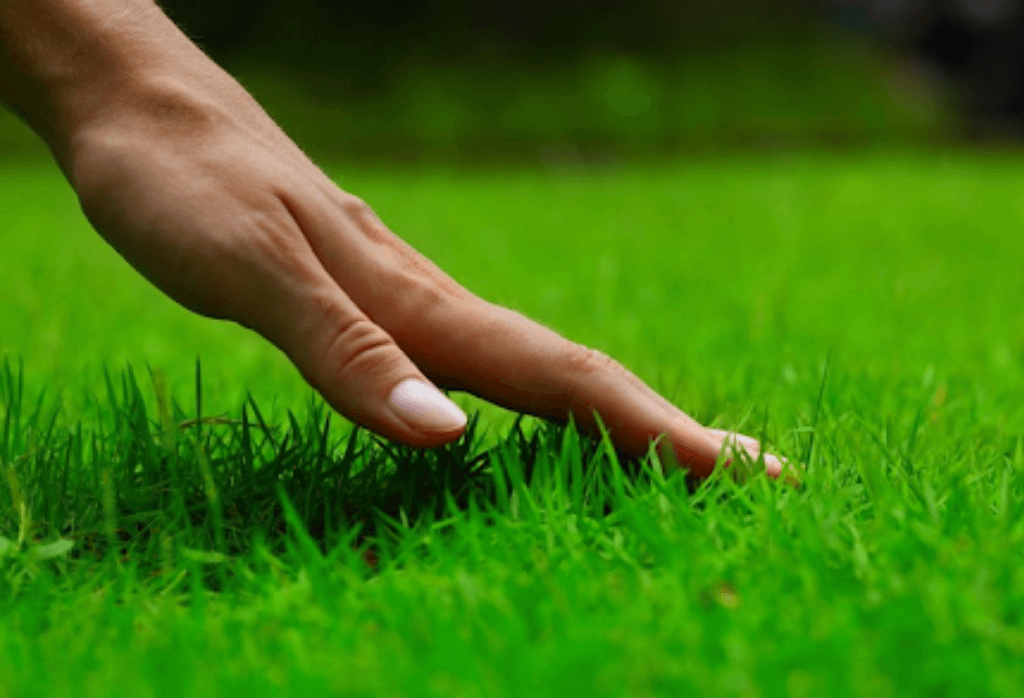



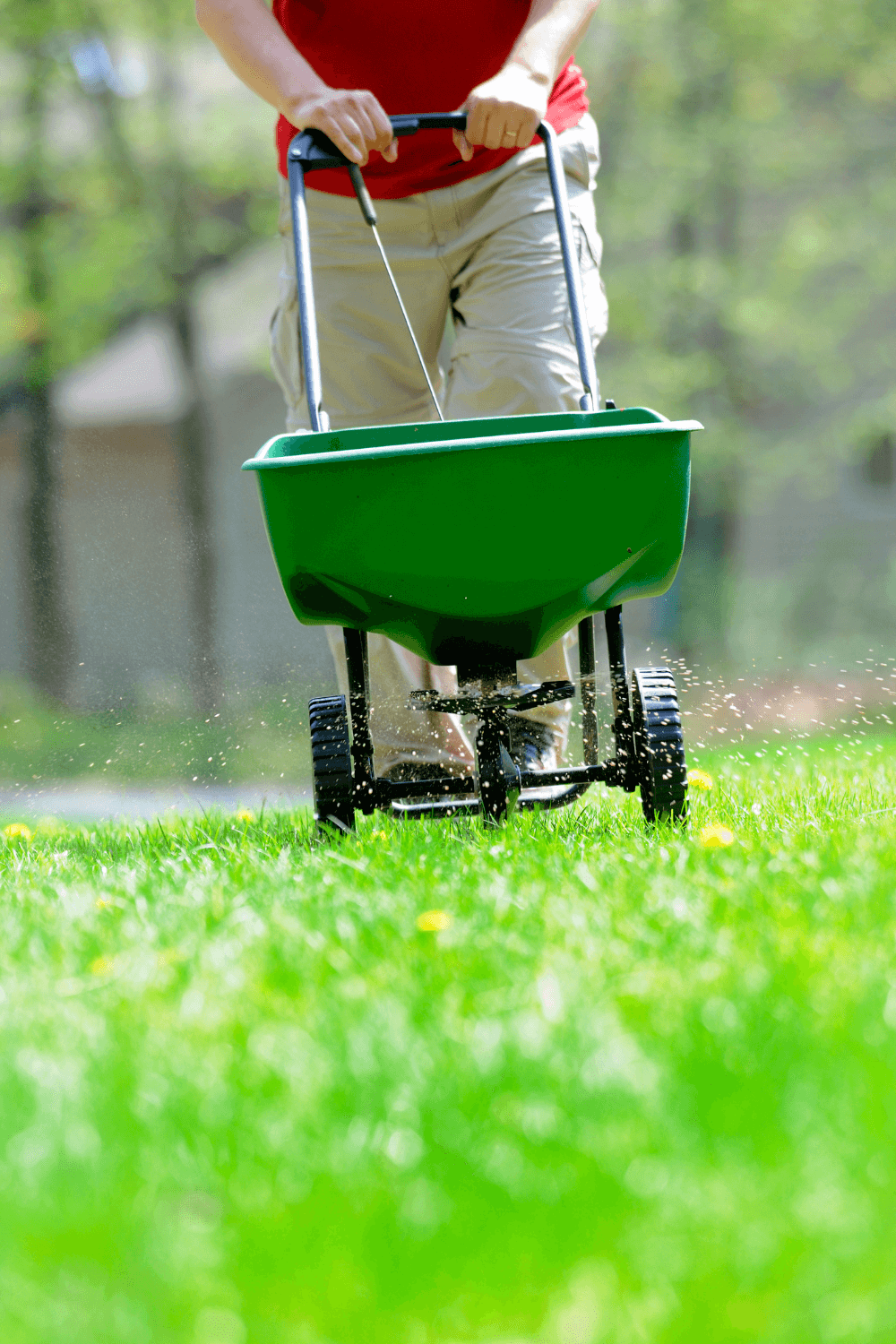

While the brand name and manufacturer will likely be familiar, confusion can exist when reading the guaranteed analysis of the contents. The guaranteed analysis refers to the amount of each nutrient in the bag. It is not commonly known that the manufacturer may actually include more of a nutrient than shown on the label. It cannot, however, deliver any less of that nutrient. The numbers on the bag represent the percentage, by weight of each listed nutrient in the bag.
The nutrients listed, may describe what is referred to as a complete or incomplete fertilizer. A complete fertilizer will contain N – nitrogen to green the grass, P – phosphorus for root development, and K – potassium for overall plant health and vigor.
When any one of the above nutrients is not contained in the bag, it cannot be called a complete fertilizer. And, while a complete fertilizer is not always required for effective fertilization, all three nutrients, N, P, and K should be included in a product used at the time of seeding. Fertilizing established turf may be accomplished without added phosphorus.
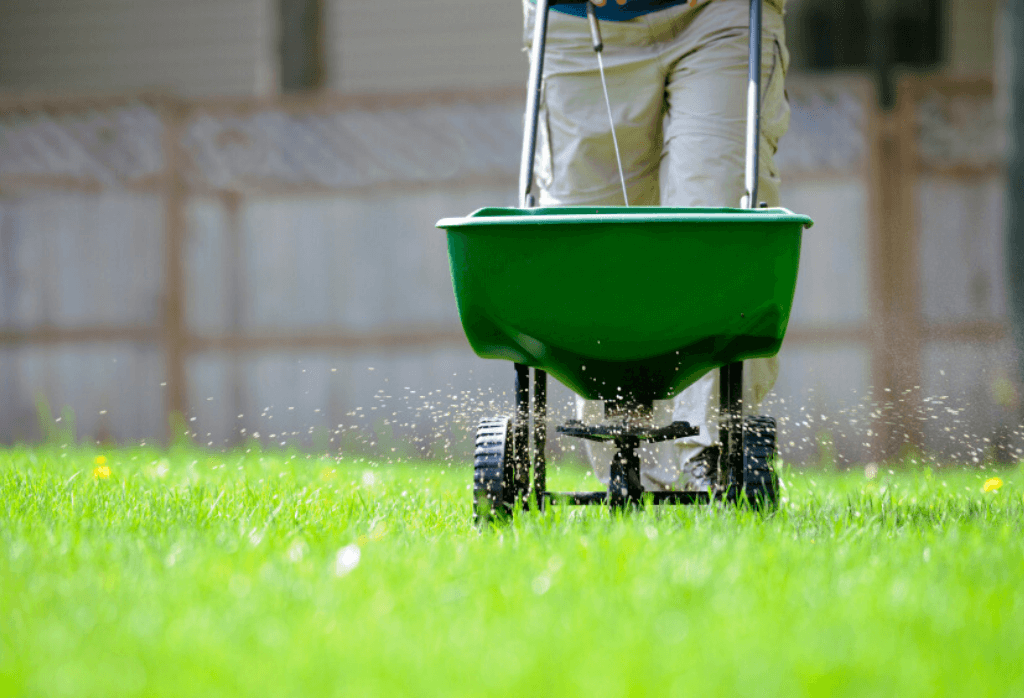

The potential acidity of the product reflects the potential for the nitrogen in the fertilizer to increase soil acidity and is not a major factor in selecting a fertilizer. In addition to the fertilizer label, the product will also provide instructions for use. Application rates are very standard and typically recommend a rate of ¾’s of one pound to one pound of nitrogen [the major plant nutrient] per every 1,000 square feet of lawn area to be fertilized. P and K are needed in far lower quantities and are usually provided in adequate amounts in all commercially sold complete fertilizers. A ‘starter’ fertilizer, used at seeding time, will contain substantially more phosphorus than in other complete fertilizers. The added phosphorus is important in promoting quick root establishment.
Of course, another option is to use a professional lawn care service. A reputable service will have a well-developed fertilizer and weed control program that saves the typical homeowner the need to purchase and apply these products. Don’t forget preemergent crabgrass and broadleaf weed controls!
ExperiGreen Lawn Care offers a complete, overall lawn care program based on more than 400 years of experience and knowledge of the right products applied at the right time of the season to handle all of your lawn care needs!
Researchers agree with the above information. More details are provided in the link here.
Join Our Free Lawn Care Newsletter
Stay Up to Date With The Latest News & Updates
* We don’t share your info with anyone ever.

